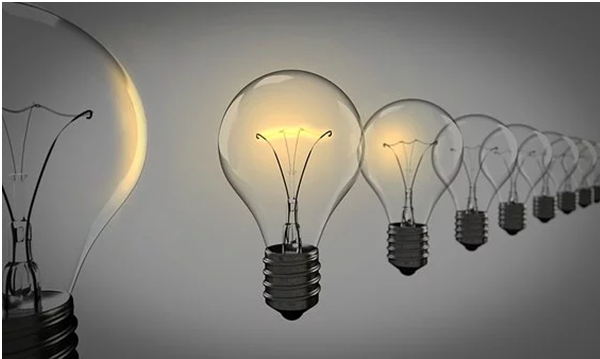The idea of controlling your lighting system using your voice is to date, one of the best uses of smart technology. Its benefitsto homeowners has, so far, been enormous.
The best thing about it is that; by simply learning how to use Google Assistant with Philips Hue, your smart lights are good to go.
Philips hues come in different designs, lifespans, and capabilities. They are energy-efficient, and most of them are compatible with Google Assistant. As such, they provide customers with a wide range of smart bulbs for their homes.
What is Google Home Hub Compatible with
Why use Google Assistant?
While there are many options for Philips hues, Google's assistant provides you with the control you need for your lights.
For one, Imagine Walking to your house after a long day at work and saying, “Turn on the kitchen lights,” or, “Change the bedroom lights.” It’s not only elegant and fancy, but also futuristic. Something you can brag about to your friends.
Secondly, Google Assistant works with other devices connected to your network. This means that the voice control can work with your media players to suit your entertainment needs.
In the morning, for instance, you can have a small wake up routine. This could be something like the lights could turn on and media player to plays some music to kick start your day.
There’s really a ton of benefits you gain from using Google Assistant in your smart lights.
Here’s how to use Google Assistant with your Philips Hue.
1. Pair and Setup Philips Hue lights with Google Assistant
To be able to talk to your lights, you, obviously, need to have them paired with your Google home. Your first step would, therefore, be to complete this process.
You can do this by following the steps below.
- Open Google Home, and go to Home control.
- Click on Philips Hue; you'll be directed to your Philips Hue account page.
- Complete the sign-up and registration.
- Tap Yes to the pop up asking you to give Google permission to your Philips Hue lights.
2. Assign your Lights to different rooms
After pairing and setting up your lights, you have to assign them to different rooms in the house. You can still do this in your Google Home app.
This will make it easier to control lights for different rooms. For instance, if you want to turn on the bedroom lights, you'd just say, "Turn on the bedroom lights."
Moreover, if you like lights of different colors, the Philips hue has got you covered. The hue allows you to change scenes and add multiple colors to different rooms quite easily.
To access this feature, however, you'll have to set up your preferred scenes in the Philips hue app, then import it to Google Home.
It’s important to remember that your scenes appear on your Google home app as different devices. As such, you might have to create only the scenes you use and delete those you don’t to save space.
3. Learn and use Unique commands
While google's assistant is one of the best AI software in the market, there are still some terms it can't differentiate. You, therefore, need to be intentional with your naming.
For instance, if you name a light bulb or hue scene with the name of a popular song or film, that’s what Assistant will play.
Also, familiarize yourself with the commands for changing light bulb colors in different rooms. Change the colors of specific lights in the room, then change colors of all lights in the house.
You can try,” Hey Google, Turn on my bedroom lights and set them Sapphire." If you've named each lamp e.g., lamp 1, lamp 2…, you can say," Hey Google, Turn on lamp one and set it blue." You can try the different colors in your scene and ensure they all work.
This makes it easier for Google Assistant to recognize your voice and improve its accuracy when you speak.
How to Use Netflix with Google Home Mini
What is Google Home Hub Compatible with
Related Resources
